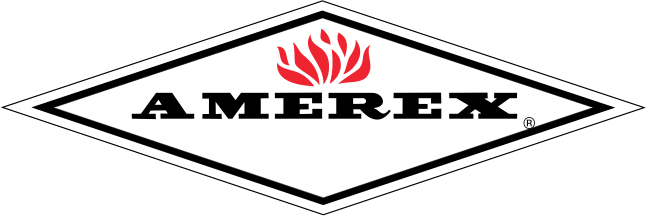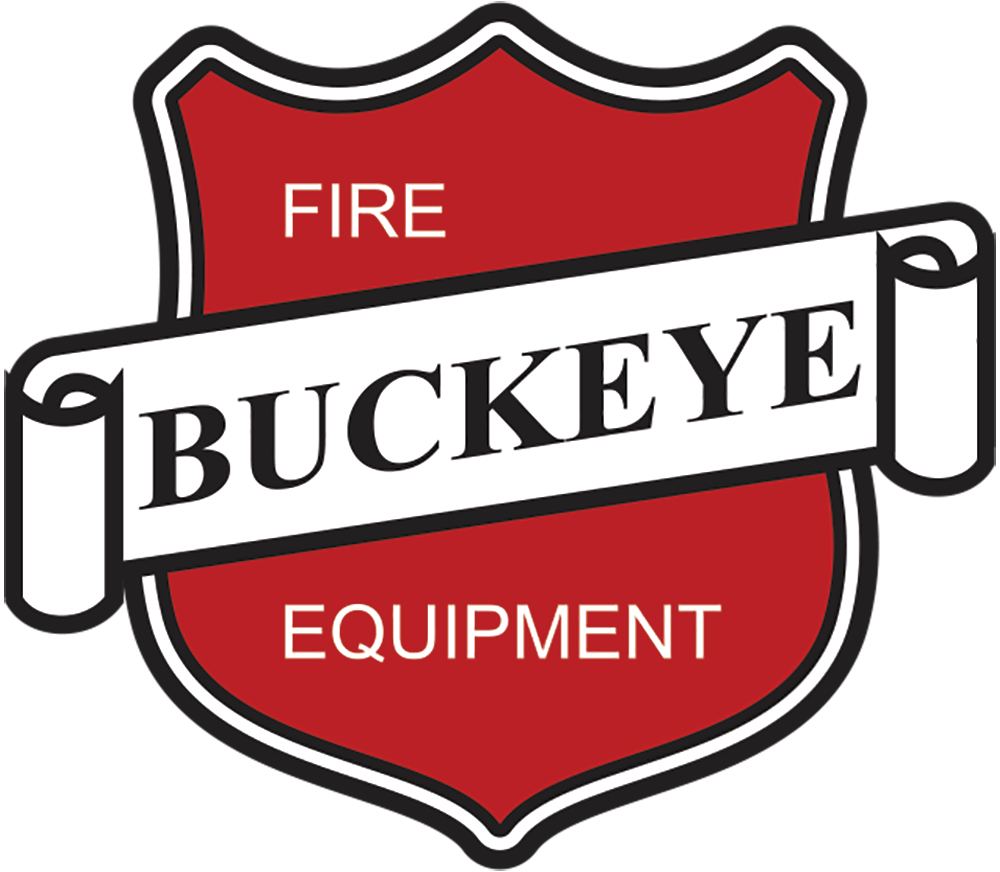Fire extinguishers are critical tools for minimizing damage during a fire emergency. However, after a person successfully puts out a fire with one, it is critical to deal with the residue left behind.
Whether you manage a small office or a large commercial space, understanding how to properly clean up fire extinguisher residue is essential for maintaining a safe, clean, and operable environment. Read on for an extensive guide on handling this task effectively.
Identify the Residue
One important step of this process is to determine the type of residue you will be cleaning up. Doing so will help you identify which cleaning process you must follow.
Each extinguisher dispenses a unique chemical or agent, which has its own cleanup requirements. We review the main ones below.
Dry Chemicals
If you used a dry chemical fire extinguisher to put out the fire, it should leave behind a powdery residue made from substances such as monoammonium phosphate or sodium or potassium bicarbonate.
These chemicals are very effective when extinguishing Class A, B, and C fires since they create a coating that smothers flames. Although dry chemicals are excellent in emergencies, they can be corrosive if you do not clean them up properly, particularly when they come into contact with sensitive equipment or metals.
Class K Wet Chemicals

If you have a Class K extinguisher, you will likely use it in a kitchen when dealing with grease or cooking oil fires. This type of device discharges a liquid solution designed to become foam and put out the fire. However, you must remove the solution immediately after the fire to prevent slipping hazards and damage to kitchen surfaces.
Halotron Residue
Although manufacturers do not put Halotron in fire extinguishers anymore, some facilities may still have extinguishers featuring this agent. This material is less invasive than dry chemicals and dissipates easily. However, you should still perform a cleanup after using it to put out a fire.
Take Safety Precautions

Safety should always be your top priority when handling fire extinguisher residue. Although manufacturers design these agents to be nontoxic, they can still irritate your skin or respiratory system, especially if stirred during cleanup.
Ensure the Fire Is Out
Before starting the cleanup process, confirm that you have fully extinguished the fire. Double-check for any smoldering areas or potential reignition points. If in doubt, consult with your facility’s safety officer or local fire department to ensure the area is secure.
Put On Gloves and a Mask
To protect yourself from chemical irritants, wear protective gloves and a mask. The gloves will prevent you from touching potentially harmful chemicals, and a mask will prevent inhalation of fine particles that may become airborne during the cleanup.
Steps for Cleaning Dry Chemicals
Now we can examine how to properly clean up fire extinguisher residue type by type. As we mentioned, dry chemical extinguishers leave behind powdery residues that can cause corrosion. Follow the steps below to prevent unnecessary damage to your surfaces.
Turn Off Vents
Before you begin cleaning, turn off all air vents, fans, and HVAC systems in the affected area. This precaution will prevent further distribution of dry chemicals throughout your spaces and reduce the risk of people inhaling airborne particles.
Use a Broom or Vacuum
You can then remove as much of the residue as possible with a broom or vacuum that can handle fine particulates. Avoid sweeping too vigorously, as this can lift particles into the air.
Clean Up the Solution
Wipe down the affected surfaces with isopropyl alcohol and warm water. Try using a soft brush to clean hard-to-reach areas.
If your extinguisher featured sodium or potassium bicarbonate, you will also need to apply a mix of hot water and vinegar to the residue. However, if it contained monoammonium phosphate, use a solution of baking soda and hot water before applying a soft cloth.
Perform One Last Cleaning
In addition to the previous cleanings, repeat the process with a mix of soap and water. After that, perform one last rinse to ensure no residue, detergent, or dry chemical remains. Allow the area to air-dry completely before resuming normal operations.
Steps for Cleaning Wet Chemicals
When you clean up Class K wet chemicals, you must pay attention to detail so you not only remove the residue but also sanitize any surfaces that regularly encounter food.
Turn Off Nearby Equipment
If the fire occurred in a kitchen or near sensitive appliances, make sure you have unplugged or turned off all nearby equipment before you start cleaning. This prevents accidental risk of electrical hazards and ensures a safe cleanup environment.
Use a Vacuum for Foam
If any foamy residue is present, use a wet vacuum to remove it. Be thorough and check for foam residue hiding in crevices or on hidden surfaces, as grease fires in kitchens often reach less obvious areas.
Apply Hot Water and Soap
After you have removed most of the foam, mix hot water with soap and use the solution to wipe down the surfaces covered with residue.
Sanitize Anything It Touched
When that is complete, it is critical to sanitize all surfaces and equipment that came into contact with the wet chemical extinguisher to maintain a hygienic workspace. Follow your facility’s standard sanitation protocols and ensure the surfaces are safe for food preparation.
Steps for Cleaning Halotron Residue
Although Halotron extinguishers leave no visible residue behind, some steps are still required to ensure all surfaces are clean and your equipment is safe to use. These steps will also help remove any remaining odors.
Use a Degreaser
Begin by applying a degreaser to surfaces that may have residue. The degreaser will help break down any material.
Follow It Up With Neutral Cleaner
After applying the degreaser, follow up with a neutral cleaning solution. This restores any chemical imbalances caused by the Halotron and ensures surfaces are fully cleaned.
Remove Any Cleaner
Afterward, remove any remnants of the cleaning solutions you have applied. Check that no residue or moisture remains, particularly on sensitive equipment, before testing or resuming use.
Cleaning up fire extinguisher residue is a crucial step in restoring order and safety to your facility after an incident. By following the proper steps for each type of extinguisher, you can thoroughly and effectively clean every surface, piece of equipment, and area.
It is also key to schedule fire extinguisher service after an incident occurs. Hedrick Fire Protection can provide any refill or repair services you need, as well as perform inspections of your extinguishers. Contact us today so we can help you enhance your property’s level of fire safety.



